You want a consulting firm that funnels more profit into your pockets with less time and stress. One key to that happy result is easy, in theory, but the details may be a bit murky. This article provides more clarity and direction.
In case you didn’t hear, we lost one of America’s sales geniuses recently. A silver-tongued, deal-maker whose enticing language, smooth delivery and mastery of negotiation awed millions.
Yes, I’m talking about Monty Hall.
In honor of Monty, let’s start this out with a choice. We’ll go on the honor system here: I’ll offer a few options and just trust that you’re dressed up as a giant cantaloupe.
Which door do you choose? (Hover your mouse over one door.)
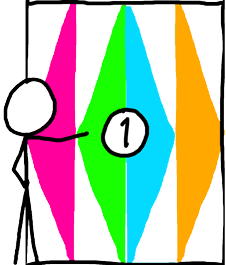
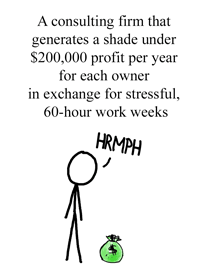
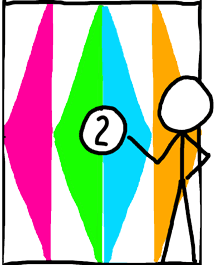
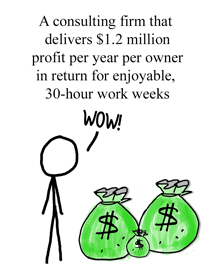
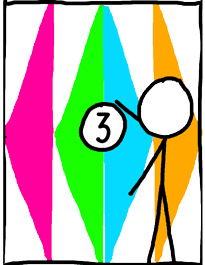
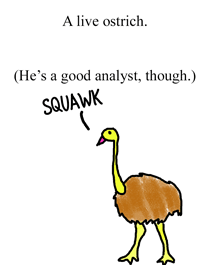
If you chose door #1 or #3, you’re probably itching to make a deal for door #2. Obviously, you’d like the high-profit, low work consulting firm. How do you win that prize? Two more choices:
That’s not really news. In fact I’ve mentioned that before (here, for instance) and even offered an approach (in this article).
Still, you may be wondering what to systematize and how to actually make systematization work at your consulting firm. The six steps below will give you a running start.
Step-by-Step Directions for Systematizing Your Consulting Firm
Step 1: List every aspect of your consulting practice that would benefit from having a template, or checklist, or sample or guideline you could follow.
Step 2: Transform that list into a series of folders and subfolders on a system that your whole team can access. For instance, you could host this on Google drive or Dropbox or some other shared system
You could use the following list of folders and subfolders as a starting point:
- Business Development
- Marketing Materials
- Writing/Speaking Templates
- Presentation Assets
- Emails
- Scripts
- Checklists
- Proposals
- Client Management/Experience
- <Folder for each type of client and/or project>
- Presentation Assets
- Delivery
- Deliverables Examples
- Models & Frameworks
- Approaches, Project Outlines & Timetables
- Spreadsheets, Formulas & Macros
- Operations
- Checklists
- Templates
- Personnel Management
- Systems
- Contracts & Legal
Step 3: Populate your folders with whatever materials you currently have in place. Don’t create new materials yet.
Step 4: Choose one or two subfolders per quarter and fully flesh them out. Think through what a best practice would be. Search for the best examples of your own work and ask other consulting firms if you can mimic their systems.
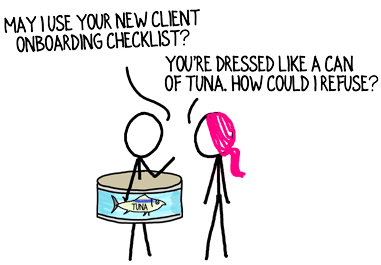
Step 5: Add tags to every document. No matter what type of document you add to your file system, you can add a page or paragraph or slide or worksheet on which you can type descriptive words. For instance, you might add the tags “Client experience,” “Kickoff,” “Email,” “Relationship building,” and “Information request” to your standard project kickoff email.
This step makes your best practices much, much more searchable.
Step 6: Task your administrative assistant with constantly asking your team, “Is there a template, form, or checklist you could use for this?” You should hear that question every time you type an email, craft a presentation, or tackle an administrative task (just to name a few).
Let’s make Step #1 even easier so that you jump start your path to the grand prize consulting firm. Answer the following question in the comments section below:
If you could systematize one element of your consulting practice that would make it better, faster, and/or more profitable, what would you choose?
Text and images are © 2024 David A. Fields, all rights reserved.

 David A. Fields Consulting Group
David A. Fields Consulting Group 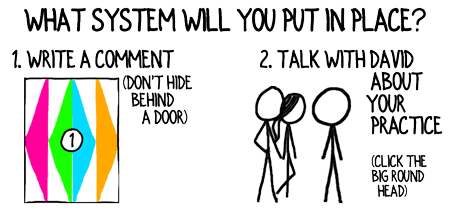

Wish you’d written this two years ago. I’ve bumbled and stumbled on to this over time. It should help many others who are newer or don’t have these set up yet. As always,thanks, David.
Dang! Sorry about the timing, Susan, yet I’m glad you found your way to this approach in only two years. Many consultants and consulting firms still don’t have good systems in place after 12 years!
One quick tip for getting an article exactly when you need it: send me an email or call me with your question! There’s no reason to wait, when the answer or advice is only an outreach away.
Extremely timely article David – literally started launching a meeting process to get alot of these things done this AM. This post is a great reference.
Outstanding, Travis! Let me know how the process works for you and share what systems your firm is going to tackle first. I’m sure other consultants would like to know how you’re getting on also.
A template of questions for identifying needs.
That template is a great place to start, Debbie. You can build a first pass at that template fairly easily by jotting down the Context Discussion questions outlined in the Guide to Winning Clients.
I strongly agree with the ideas in your article. For organization to be nimble and fast, it should have all key processes well documented, and all key templates/references online for easier reference.
An online repository or some sort of auto-shared resource is definitely helpful. We use a private cloud for documents that we don’t want hanging out in the hackable interwebs. Thanks for highlighting that point.
Ive been doing this for years. I routinely update templates as well. I’ve been able to systematize my Ergonomics process, create a web portal of tools for clients and monetize it . It’s taken a lot of time to get to it but now can license the system to others for ongoing use. It’s in early stages but I think it has huge potential.
Your commitment and level achievement in this area is impressive, Alison. Congratulations!
Consulting firms run smoothly, are more fun to lead and attract more clients when they are as diligent about documenting their internal processes and approaches as they are about creating documented processes for clients. If you’ve been doing both, you’re in great shape! Thank you for sharing your success.